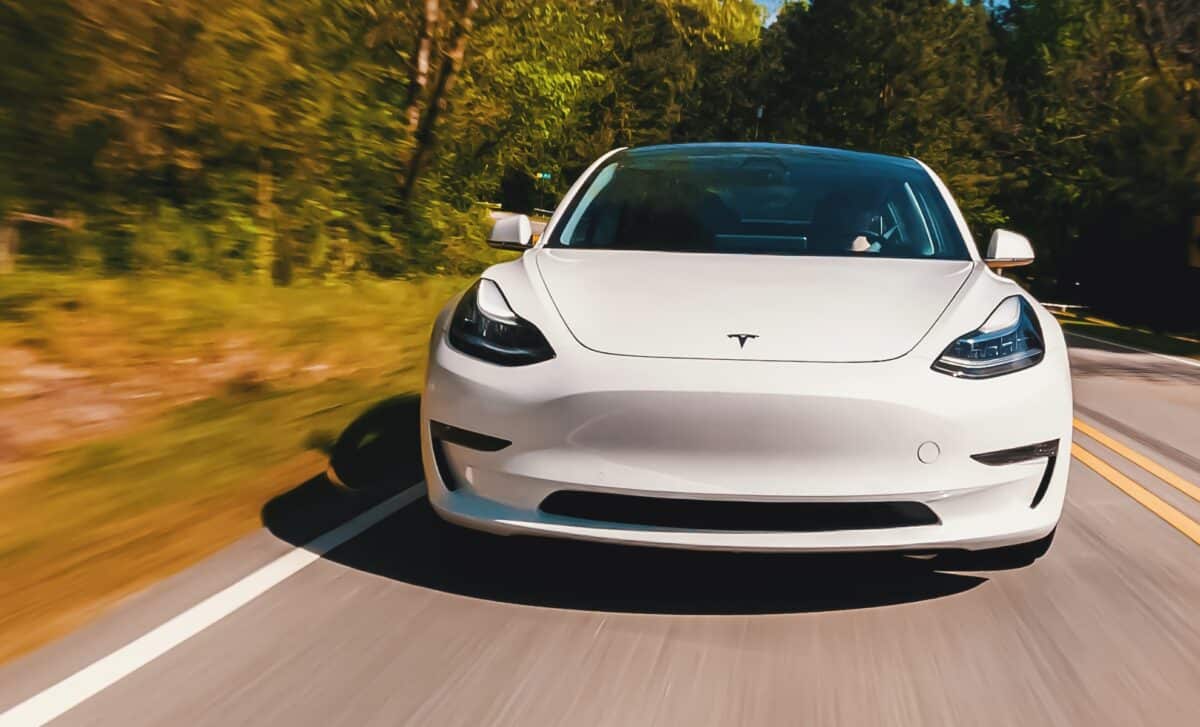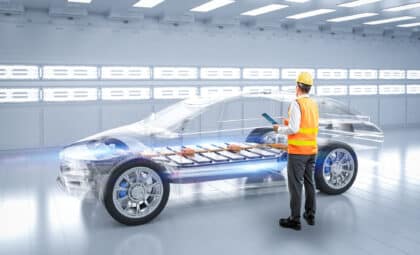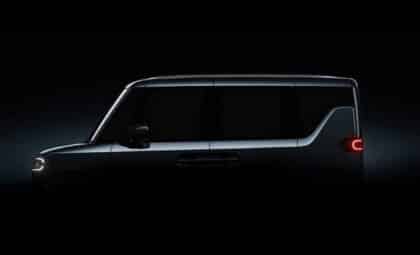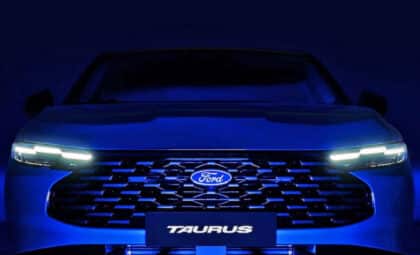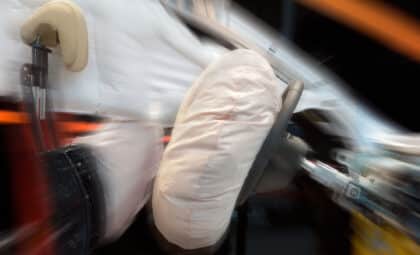As electric vehicles continue to evolve, drivers are constantly exploring ways to extend range and reduce reliance on public chargers. While recent Tesla models offer longer driving distances on a single charge, some owners are finding practical, on-the-road tricks to push battery performance even further.
The discovery of this regenerative hack not only underscores the technological capabilities built into Tesla’s system but also reflects a growing community of EV users actively sharing range-boosting techniques online. In this case, it was the steep descent and the car’s own energy recovery system that made all the difference.
Battery Increase of 8 Percent Over 6,000 Feet Descent
The driver behind this discovery, a 2024 Tesla Model 3 Long Range Highland owner, shared their experience on Reddit, describing how a descent of more than 6,000 feet allowed the car to gain back eight percent of its battery. The system’s regenerative braking captured kinetic energy as the vehicle coasted downhill, effectively converting the car’s motion back into electricity.
According to Supercar Blondie, the Tesla operated at -4.9kWh during this descent — a clear sign that the battery was receiving power rather than discharging it. The driver referred to it as “falling with style,” noting how the continuous downhill drive served as a steady source of energy, eliminating the need for a charging stop.
This specific example is one of the most notable recent demonstrations of Tesla’s regenerative capacity under real-world conditions. The steep drop combined with constant movement created optimal circumstances for this energy capture to occur.
Nothing better than recharging when going downhill.
byu/vas_a_llorar inteslamotors
Other Tesla Owners Report Similar Gains
The original post triggered a flurry of responses from other Tesla owners, many of whom shared their own regenerative experiences. One commenter mentioned descending from the summit of Pikes Peak in Colorado — a mountain with an elevation of 14,115 feet. Starting with 37 percent battery at the top, they reached the bottom at 48 percent, having gained eleven percentage points without plugging in.
Another user recalled a ski trip that started with 30 percent battery. After arriving at the lodge with only 11 percent, they were surprised to return home with that same amount, thanks to energy recovered on the way back down.
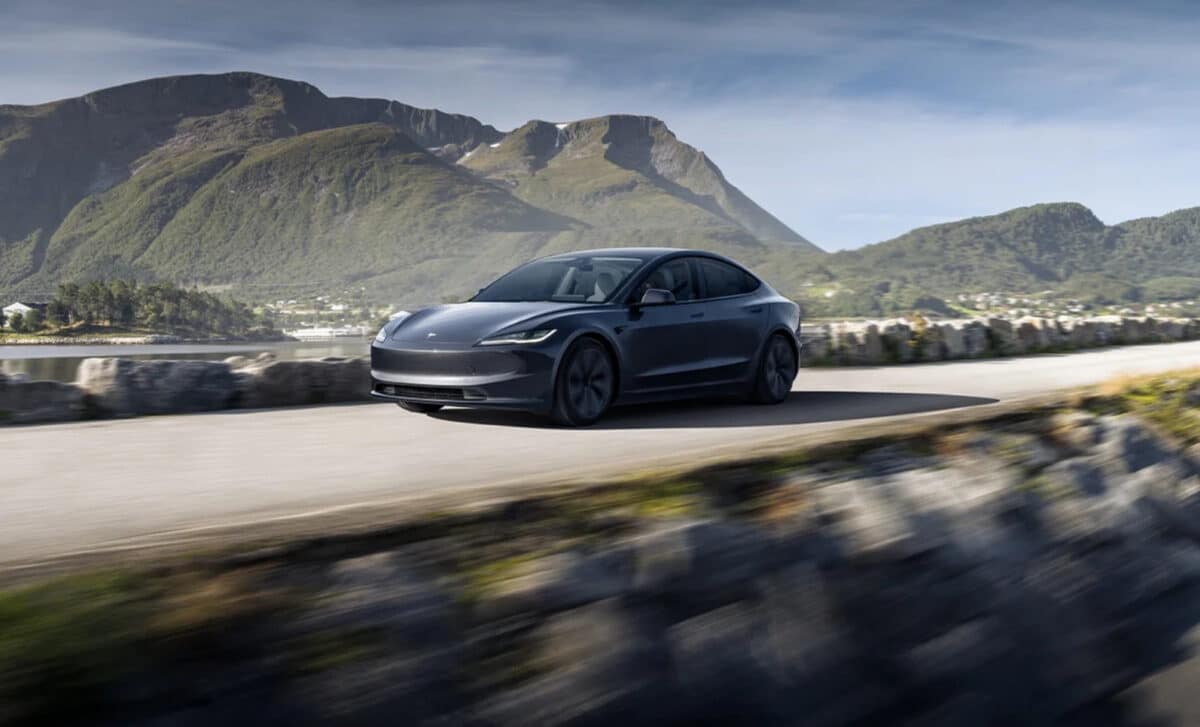
Comparison With Other Charging Experiments
Regenerative braking isn’t the only unconventional method Tesla users have explored to recharge on the move. As reported by the same source, YouTubers have experimented with towing Tesla vehicles using a Ford F-150 Raptor, observing that the Tesla managed to regain more energy than the Raptor consumed in the process. This kind of improvised kinetic charging has attracted attention for its ingenuity, but lacks the practicality of downhill recovery.
Some drivers have also installed solar panels on their car roofs in attempts to generate power while parked or in motion. While such setups offer marginal benefits, they don’t deliver the kind of energy gain achieved during regenerative downhill driving, which remains the most efficient method in terms of energy recapture.
What makes the downhill strategy particularly appealing is that it doesn’t require any modification or external equipment — just terrain and time. Unlike towing or solar accessories, it’s a built-in feature of the vehicle functioning exactly as intended.

